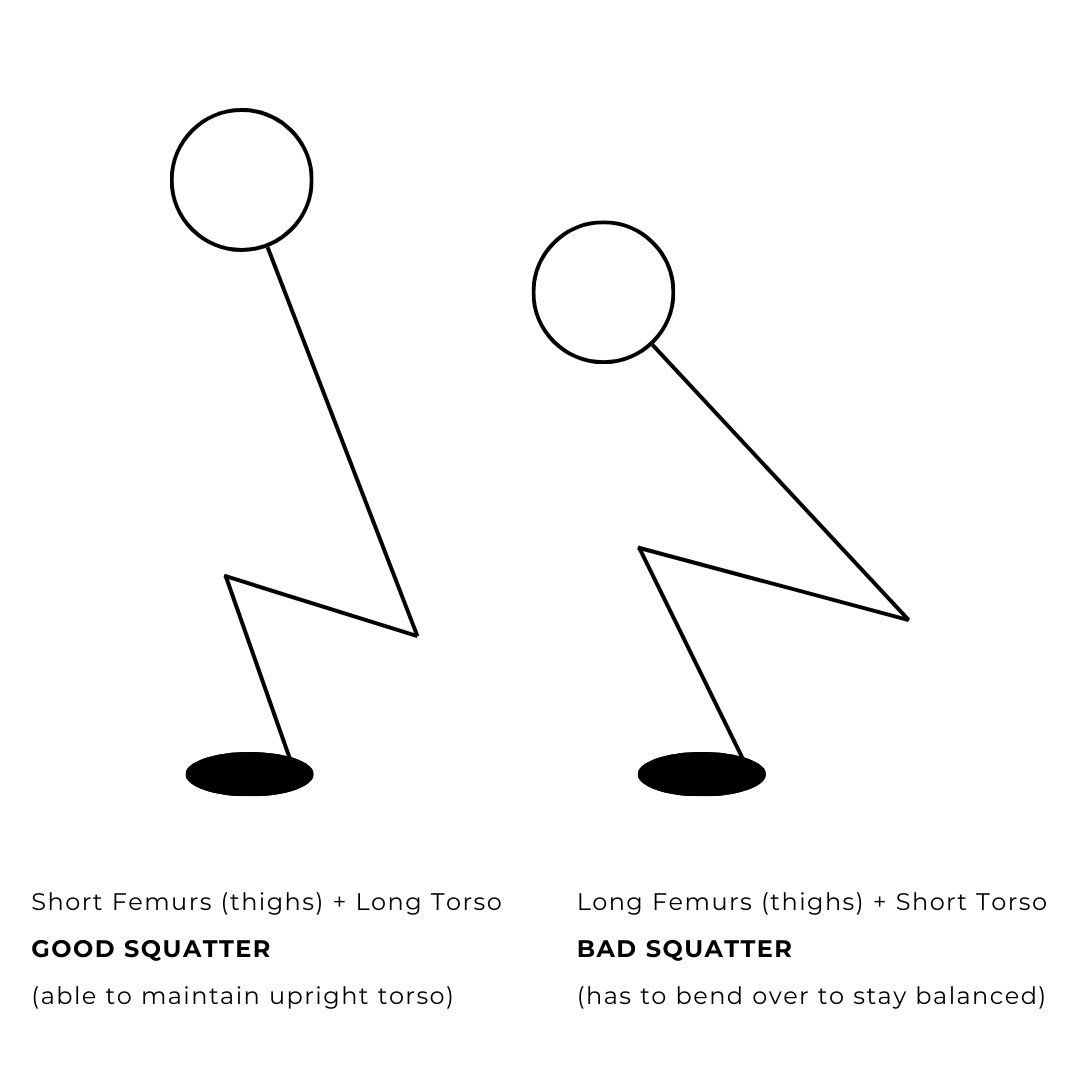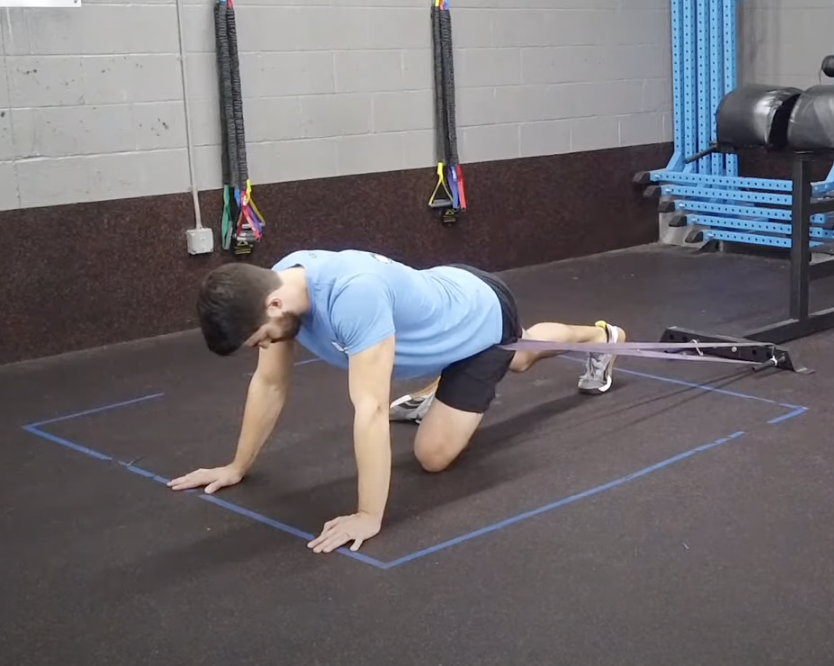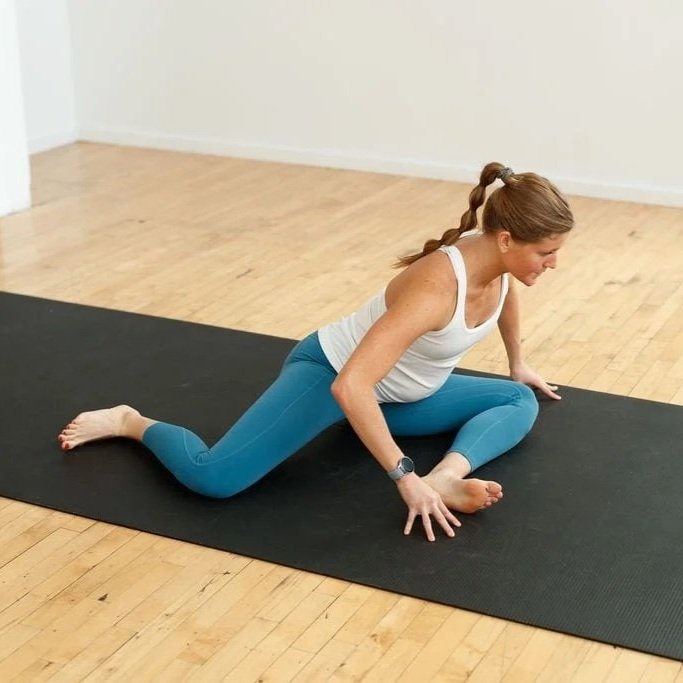Squat Depth Starts with Hip Mobility
We previously talked about the impact of ankle mobility on squat depth and performance. Today, we are going to look at how limited hip mobility can affect your squat. Let’s get started.
First off, we need to address the common misconception that there is one ideal squat position for all athletes. That is simply not true. Many coaches or fitness professionals will alter an individual’s squat mechanics under that assumption. These changes can negatively impact their squat performance and set them up for potential injury by forcing the athlete into a position their anatomy will not tolerate.
Instead, we must pay attention to the individual variations in our anatomy to find the proper squat positioning to improve our performance. Each athlete will find a slightly different squat position based on their available motion, limb length, and relative strength.
Think of squat mobility on a continuum between hip and ankle mobility. If you have a lot of hip mobility, you will not need as much ankle mobility to achieve a full squat. On the other hand, if you have a lot of ankle mobility, but more limitations in hip mobility, you will still be able to achieve a full squat. However, if you have a significant limitation in mobility of one or both elements, it will significantly impact your ability to achieve a full depth squat.
Let’s talk about two of the primary reasons for poor squat depth related to the hip: limb length and joint mobility.
Impact of Limb Length on Squat Position
First, limb length. The effects of limb length in squatting changes for athletes based on the length of their femurs (or thighs) relative to their torso. Oftentimes athletes with long legs will complain about being able to achieve a full depth squat. Take a look at the picture below that shows the difference in torso position between two athletes squatting with relatively longer torso (left) versus longer thighs (right).
For athletes with longer limb length, it can be beneficial to widen your stance and point your toes outward slightly. This helps to “shorten” the relative length of the femur in the squat, requiring less work of the muscles to maintain a stable position in the squat.
If you have long legs and have struggled with depth in your squat, try changing the starting position of your feet to help improve your squat depth.
Assessing Ideal Squat Position
Another way to find your ideal squat stance is to use a Modified Hip Scour Test, which looks at the position that your hip is most comfortable in the squat position. Take a look at the video below to assess where your ideal squat position is.
How to Improve Hip Mobility
Next, let’s move on to talk about how to address hip mobility for the squat. There are a variety of mobility elements that are important for the squat. The primary focus is being able to achieve adequate depth in your squat through a combination of hip flexion, abduction, and rotation, while maintaining a neutral spine position.
Here are 3 favorite exercises to address hip mobility limitations for the squat. While you perform these exercises, focus on maintaining a flat back to ensure improvements in mobility that will carry over into your squat.
If you want to dive deeper into hip mobility drills, click here for some bonus exercises for active mobility for the squat.
Next Steps
If you are not seeing progress in your squat performance, schedule an assessment with a physical therapist to evaluate your squat and provide individualized modifications and drills based on your body.
Individualized assessment and exercise prescription helps to identify and address your own personal mobility limitations that impact your squat depth. Schedule a free consultation here.




